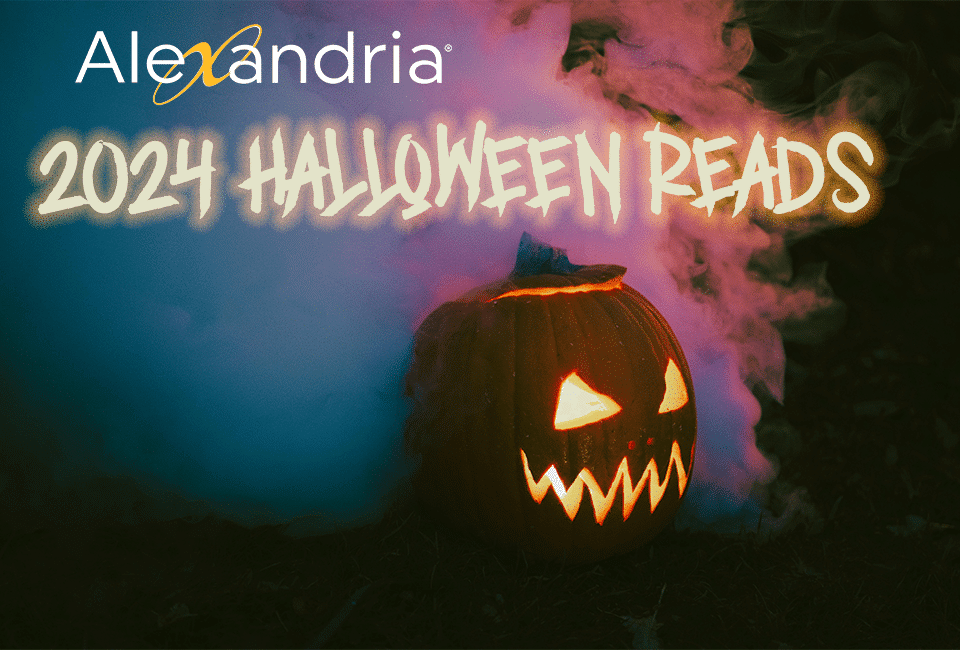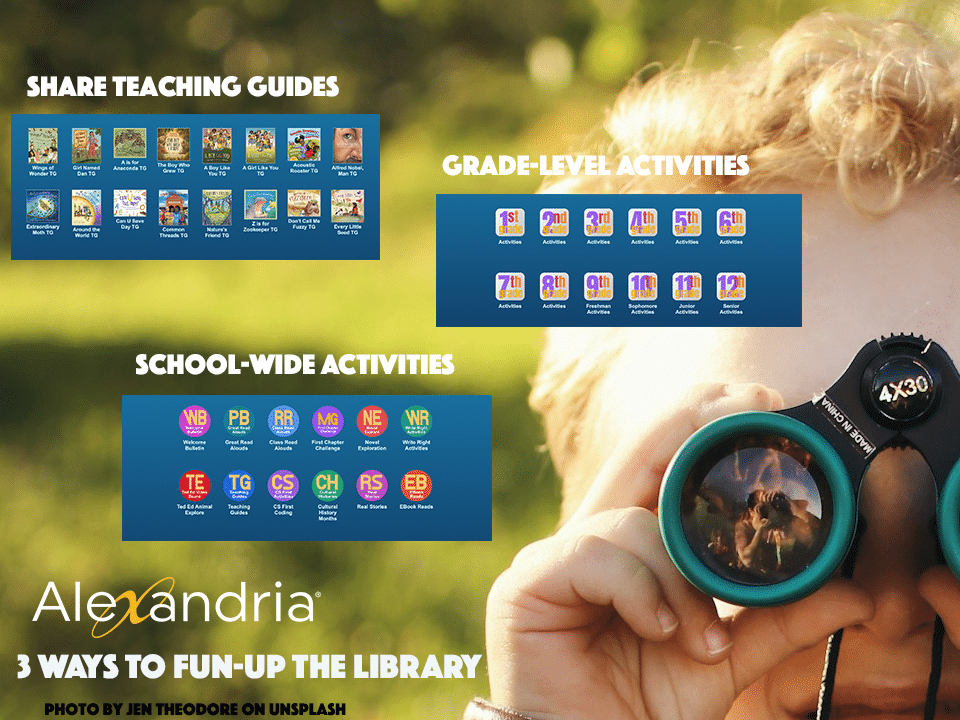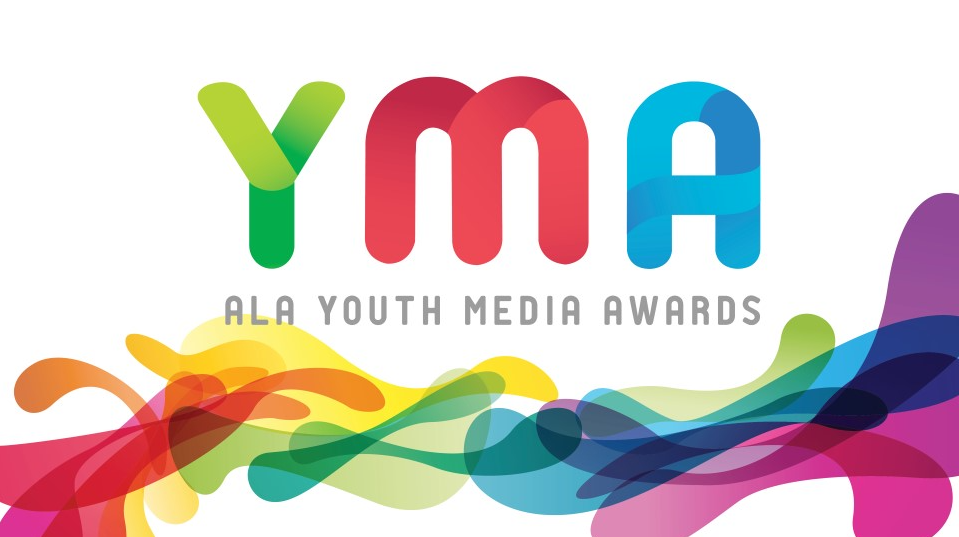
2024 ALA Award-Winners List + FREE Award-Book Pane + Chance to Win
January 23, 2024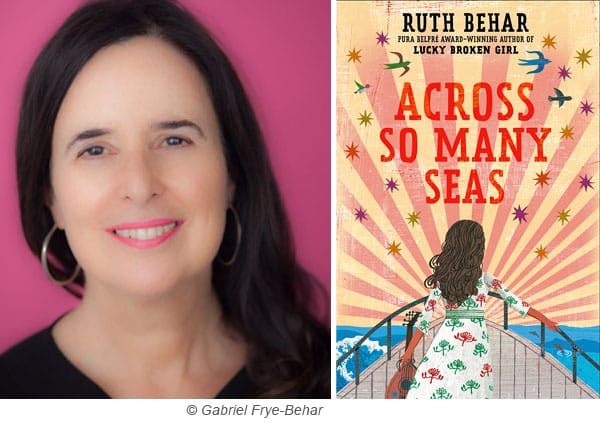
‘Across So Many Seas’ Shares Textured Tapestry of Jewish Life + Giveaway!
February 14, 2024Let’s ReThink School Libraries to Improve Reading
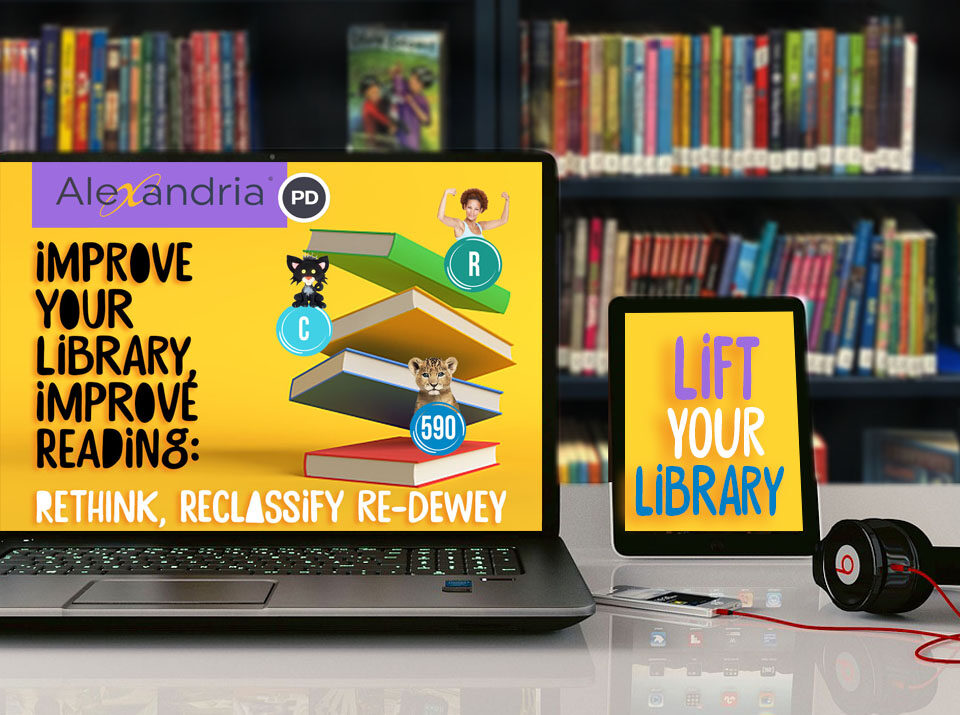
THE LIBRARY TRULY IS THE HEART OF ANY SCHOOL DISTRICT. Or should be. It is time for it to take its rightful place as the hub of learning. We really need to rethink school libraries, add shelving consistency, and seek out remedies and redesigns that will allow libraries to better serve students and teachers and really connect to technologies.
According to Mark Ray (2016) connecting a library as a 21st-century information specialist must teach digital citizenship, information literacy, AND inspire spaces for students to create and produce using their own ingenuity and critical thinking.
Today’s libraries boast Genius Bars, Maker Spaces, Test Kitchens, Lego Robotics and Sewing Factories with fabric and product to play with. They host comfort plus: cozy seating, interesting cubbies, bistro tables, and hand-on learning activities. But they must also be about the rich literature that fills its shelves. When libraries focus in, zoom in, on creating a rich library experience, reading and use will improve as well.
Yes, today’s library leaders need to be willing to address problems and spearhead change for K-6, K-12 libraries today, Library Specialists need to move students from the doldrums to a well-organized excitement both on-site and online. It needs to reorganize by series, challenge known practices, merge mindsets, embrace bookstore modeling, and build a curriculum that will fully engage and inspire young learners to consume more books and do more.
The first step is to weed your library of old, outdated titles
Weed out the old and address the new, faster-changing areas like technology, science, and shift titles during this process that will better tie into curriculum programs—but do this for ELA titles and shared reads as well. Bringing in award-winning titles and using the flavoring in the writing to target skills being taught will double, even triple, curriculum efforts.
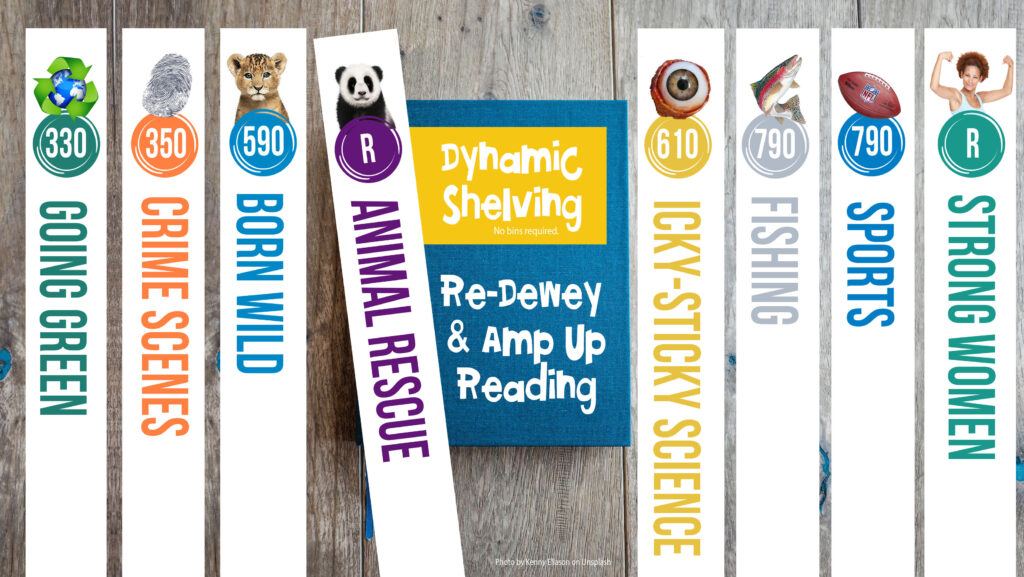
Genrify/categorize your collection based on series based on publisher designations
- Pull Every Readers out of the Picture Book section:
- L Fiction and L Nonfiction - (L for Leveled)
- Host true Picture Books on their own: P Fiction
- Pull out and feature the best of the best in Narrative Nonfiction: R Real Story (by Three-digit Dewey + series title or topic) and Biography (by topic).
- Pull the Chapter Books from Fiction to help reluctant readers: C Chapter Books
- Host your Dewey as a true Info Nonfiction (000-990 Nonfiction)
- Middle-Grade Novels: F Fiction
- Label your YA to subject matter and content match Age: Y Young Adult Fiction
- Graphic Novels: G Graphic Novels (and move even the nonfiction: G 000 Series or Topic)
- Showcase Verse Novels apart so they can be found easily: V Novels in Verse
Then add a few more categories to amp up engagement
- Author Reads: A Author Reads
- Makerspace Items: M Makerspace
- Online Games & Activities: O Online Games
- Grow your EBook collections
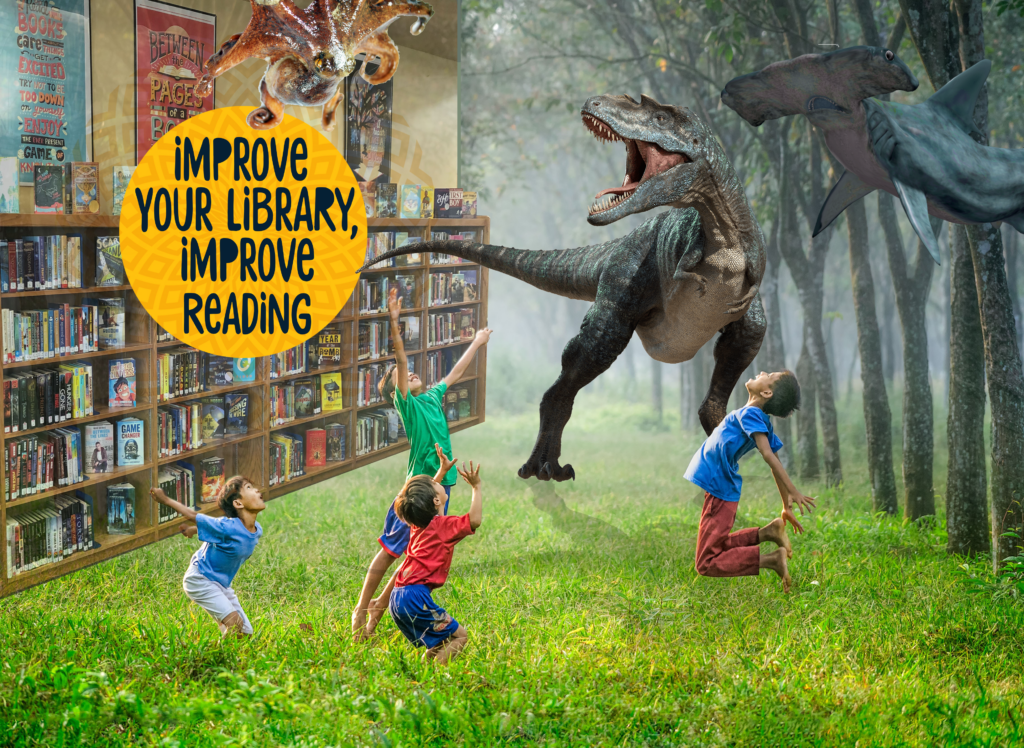
Create a Hybrid-Dewey model that simplifies shelving
Use a Three-Digit Series-Focused Dewey Numbering system and surprise yourself. Zoom in on Dewey areas that tie into the curriculum and drop all but the first three numbers and round them off to tens. Then honor series. Now, your nonfiction sections become instantly more promotional. You have the 000 Unexplained, 150 Friendship, 290 Myths & Legends, 520 Space, 570 Habitats, 590 Animals, 600 Technology + Inventions that draw readings into areas that may interest them most.
Take full advantage of the library and create student flow
Nonfiction begins with the best of the best Real Story Nonfiction and Biographies and weaves around the rooms to move towards your traditional Dewey: 000-990 Info Nonfiction.
When you shift to the three-digit Dewey, you allow kids to discover topics on the shelf like 610 Emergency or 620 Cool-Rides or 600 From An Idea, or 600 Inventors, or 520 Exploring Space. It becomes promotional for and about the reading and promotes, not just one book, but 6 or 8 or 20-something books.
Imagine that kid who sees a whole bookstore display called World of Dinosaurs. S/he/they may be more apt to want to read, not just one book, but look forward to reading the whole series. Goal met. Now every category discloses topics and themes, offers more than one book to read and inspires excitement. Readers might challenge themselves to read in gamer mode: Read 5 and they move to the next level.
Let your Dewey sections report call numbers by series, by topics, and inspire curiosity
Our 590 Animal section serves up book series labeled 590 Adaptation, 590 Afraid of Water, 590 Amazing Animals,590 Amphibians, 590 Attacks, 590 Babies, 590 Detectives, 590 Diaries, 590 Danger, 590 Loudmouths, 590 Safari, 590 No Backbone, and 590 Soldiers. Once you shift to this 3-digit series labeling, you now have instant marketing enticement for readers.
But we must do more now that we are facing reading deficits. Much more.
Librarians may truly partner with teachers and lean into Reading intervention practices.
For younger readers, set up stations that support improved reading.
- Create a IXL challenge on a carpet in front of the smart board for students to take turns doing an activity. (Be ready for lots of cheering on.)
- Create a CVC timed challenge game at a table. (Two bananagram sets, a timer, printout of select words, and a tape down the center of the sitting area translates to Game on!)
- Share the Fry Word Dance video so kids have fun learning some of the tricker first words in the English language. (Be prepared to join in and a whole lotta creative jitter-bugging.)
- Set up a Listen To station. (EPIC is great for this between the hours of 8-3 pm.)
- Set up a Read Together Station. (Pairing strong readers with struggling learners.)
- Set up a Choral Reading Center. (Then be ready to enjoy some harmonizing.)
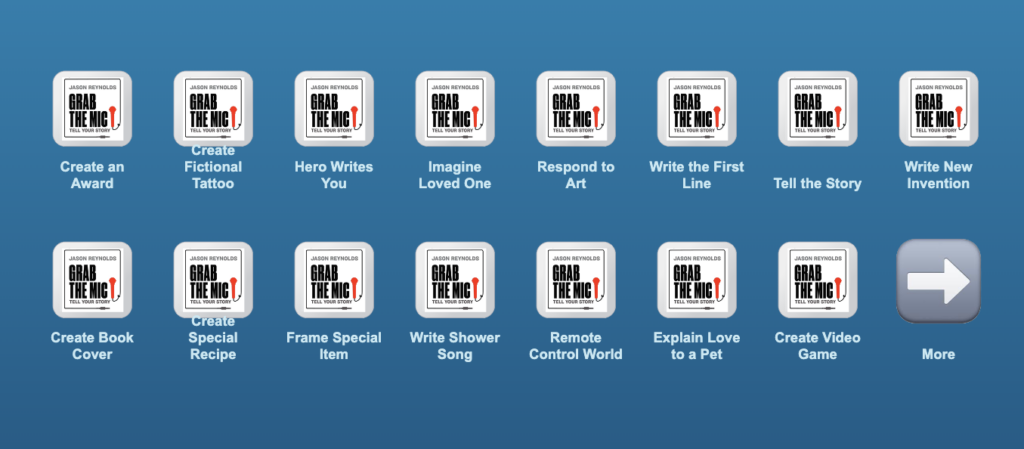
For older readers, set up challenges.
- Book scavenger hunts. Take a book and really delve into how it's created and pull out some brilliant ELA learning to support teachers. (Can be independent activity or group.)
- Biography-based challenges based on threes. (Create a voice and choice lesson that allows students to choose who they read about with a shared formative assessment.)
- Set up shared research and reporting. (Create a list of quality resources on a topic and pass out questions you know will be answered in those resources and let students become the journalists.)
- Create free writing opportunities using the themes or plot summaries of a variety of award-winning titles. (Hello, Universe by Meg Medina might ask writers to share how they would get out of a well they dropped into with their guinea pig with no cell phones available.)
- Set up a Bulletin Challenge with Ted Ed videos about animals. (Give kids a choice on which animal they watch and quiz themselves on.)
- Set up First Chapter Challenges to boost comprehension. Share online free reading sources and post a Google Form for the assessment.
- Jason Reynold's Open Mic writing challenges can be share on a Bulletin for in the library or classroom use, encouraging all teachers to host a Fun Friday Event.
- Host a Nitro Type challenge that helps students build muscle memory. (This helps kids build typing skills that allow them to complete essays and typed activities in the classroom faster.)
There are just so many ways to help improve reading—and leaning into tech helps. It makes all these challenges sharable.
As a school library specialist, take charge of the library and inspire good reading. Lead. Begin with weeding. Then, shift to this Hybrid Dewey system that focuses on Series and simplifies your call numbers to three-digit that promote the best of the best books you offer. Once complete, you will enjoy the beautiful organization that comes from this and it will be a gift. When organized by series, categorize similar to a bookstore model, and inspire young learners to consume more books, and improve reading school-wide.
References
Ray, M. (2017). “Changing the Conversation About Librarians” [Video file]. Retrieved from https://www.youtube.com/watch?v=IniFUB7worY.


